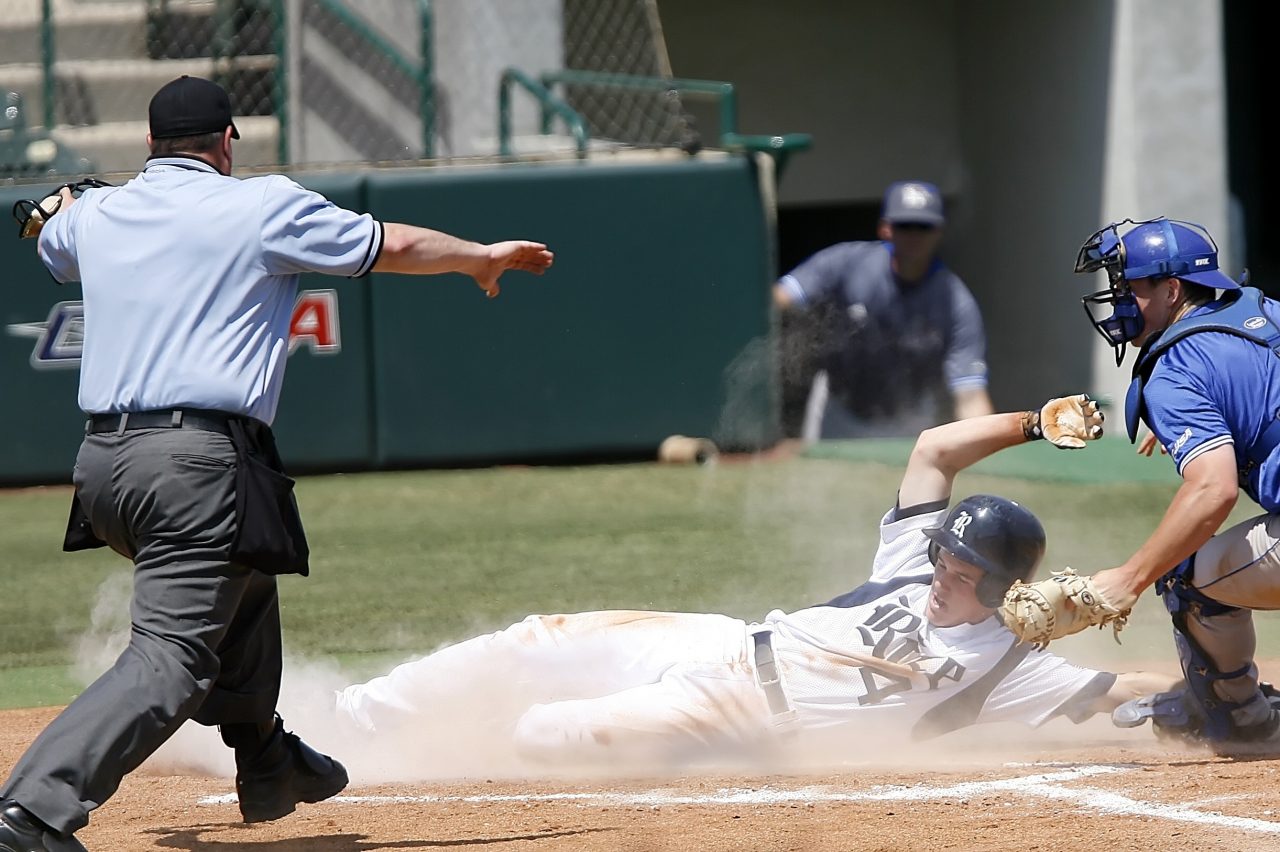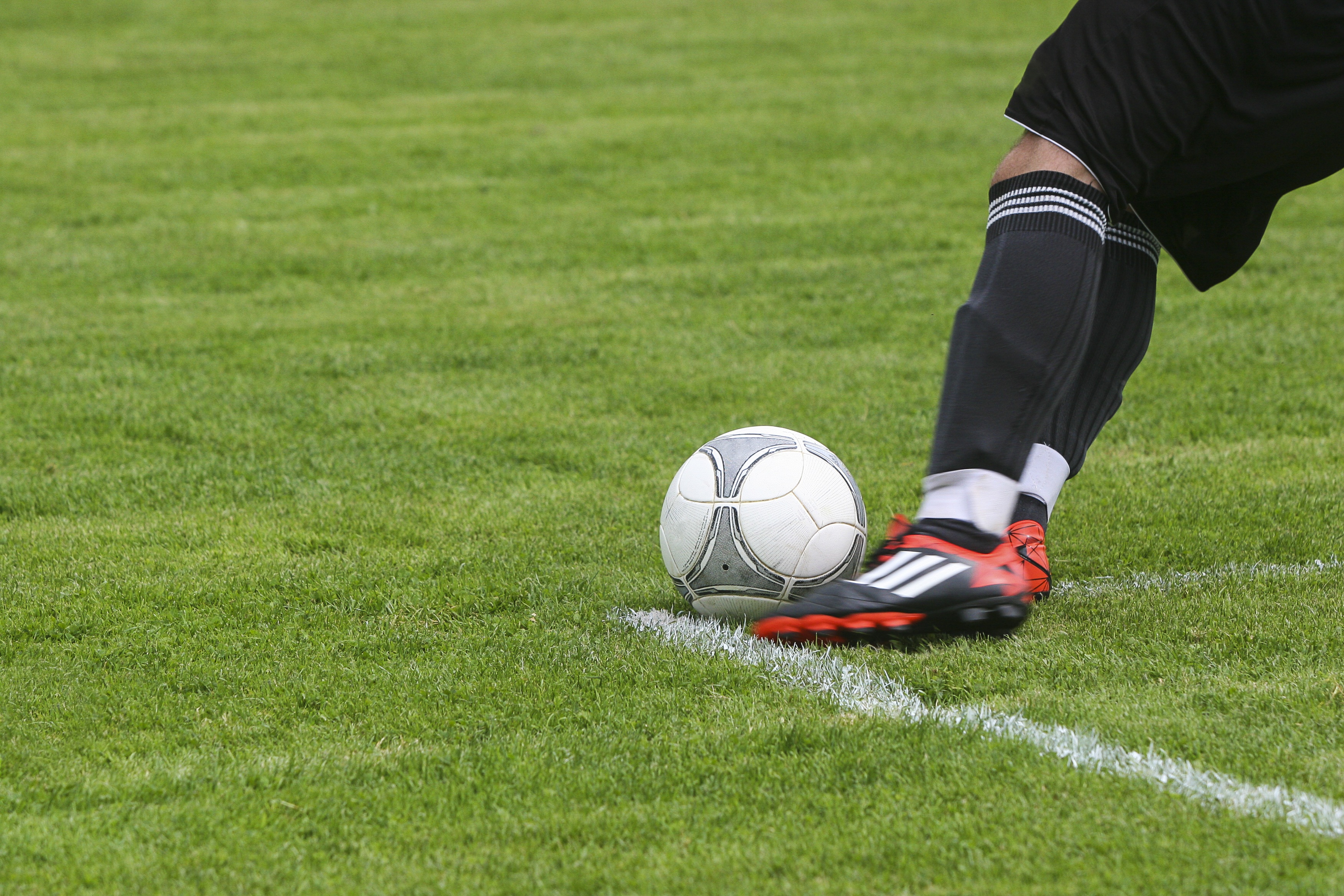Short sprints are an incredibly sport-specific way to address athlete speed needs. These have several advantages. First, they are more in tune to what the athlete experiences in the sport. Field and court sport athletes rarely get to sprint in a straight line for 100 meters. Second, they may involve fewer hamstring and shin injuries due to the lower volume and velocities. Third, they require less space. Finally, they require less time. Short sprints are typically for 5-30 yards depending on their purpose. They may be used to develop anything from first step speed all the way to a sport-specific situation.
When using short sprints, there are several things to keep in mind:
1. Starting positions need to be specific to the situation you are attempting to train. For example, if we are training a baseball player to run faster to first base then the starting position needs to be their batting stance. However, if we want him to be better able to steal bases, then the starting position will be very different. What it won’t be is a block start!
2. Use the cues of the sport if you are training sport-specific speed. It’s not about the strength coach sounding smart, it’s about improving the athlete’s performance and maintaining team sport coach buy in.
3. Keep the volume low. Elite collegiate sprinters might do up to 300 meters of total volume with these types of sprints, but most of us don’t have these types of athletes so the volume needs to be reduced accordingly.
4. Full recovery is essential when improving speed. This allows for quality effort, good technique, consistency, and reduces injury risks.
5. Finally, speed training needs to be themed. This means each speed training session should focus on one thing and avoid mixing and matching. So if we’re doing short sprints, that’s our speed work for the day!
Here’s an example involving baseball:
- Warm up (mobility drills), 10-15 minutes
- 3-5x 5 yard sprints, increasing the velocity each sprint, 30-60 seconds rest between each.
- Place a plastic home plate on the ground. Set up cones every 5 yards between home plate and where first base would be. “First base” is the stop. Athlete will assume their batting stance, load up, and “swing.” After “hitting” the baseball the athlete must sprint through first base. 5-6 reps, full recovery each rep.
- Set up cones every 5 yards between “first base” and “second base.” Have athlete start at first base. They will take their normal base lead, remember they are facing in. On the “go” command they need to execute their turn and sprint to second base. They will either need to slide or come to a complete stop on second base – they cannot run through the base. 5-6 reps, full recovery each rep.



